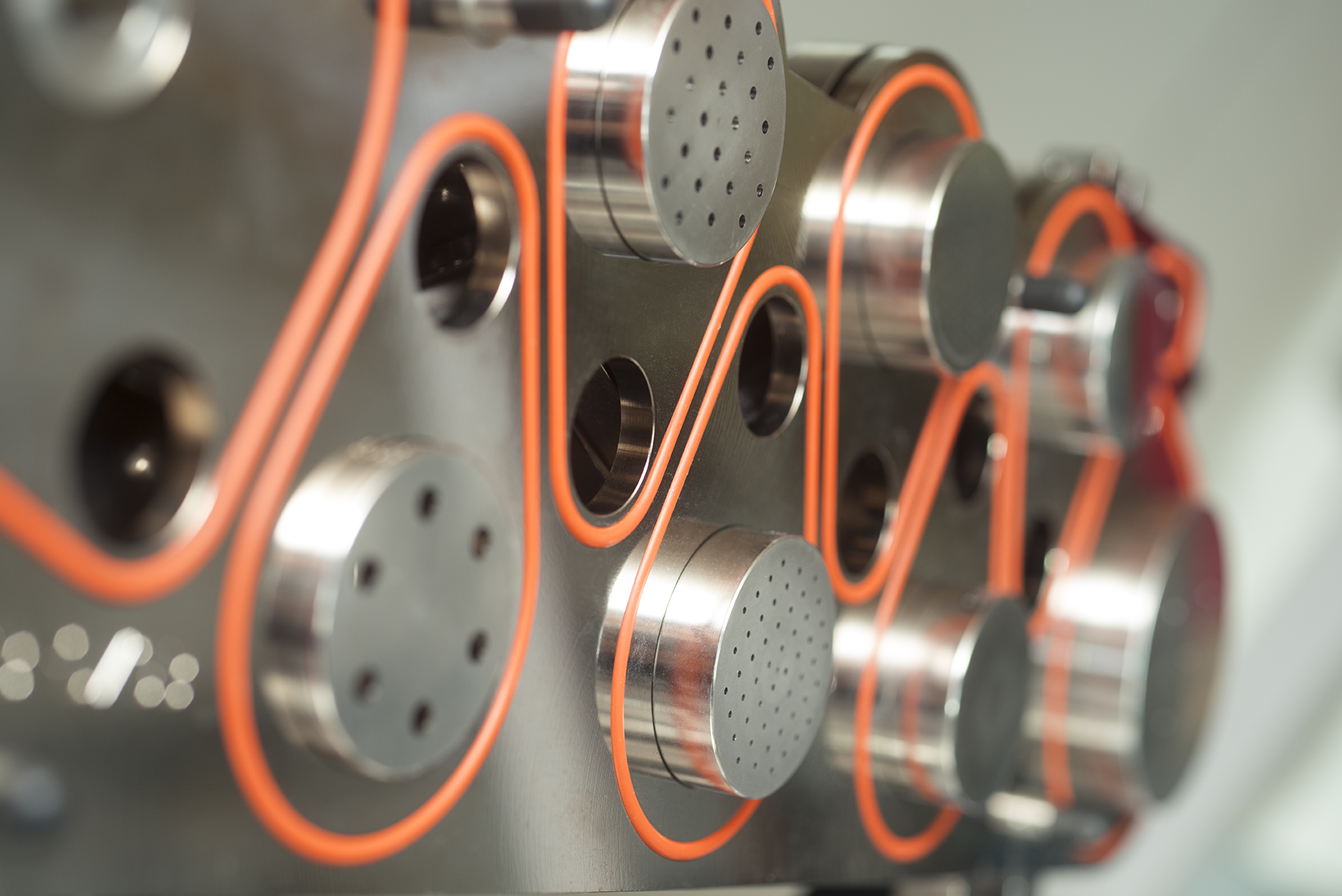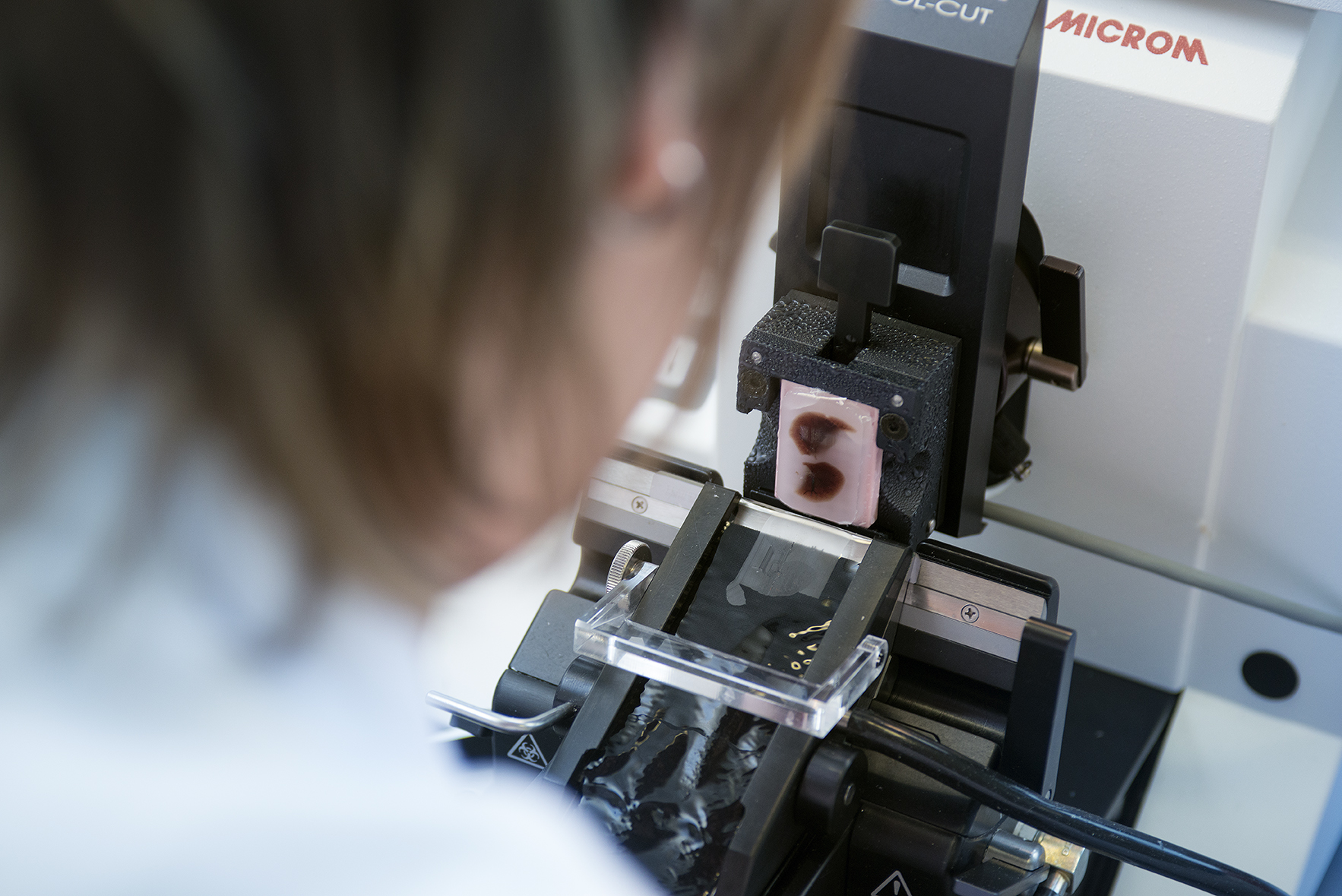Our research and services in this subject area are focused on the investigation of effects of airborne materials, in compliance with OECD GLP guidelines whenever required. Test substances can be chemicals, environmental pollutants, or pharmaceuticals including biologics which require testing as part of the registration process. A broad range of project types can be offered, from the development of evaluation concepts to the realization of complex test designs. Our team has many years of experience in generating a large variety of exposure atmospheres of different gases and aerosols, e.g. pharmaceuticals for inhaled administration, fiber aerosols, or complex mixtures such as motor vehicle exhaust. In our state-of-the-art facilities, units for nose-only and whole-body exposure of rodents are available. Our interdisciplinary cooperation within the institute allows us to deal also with complex problems relevant for the environment and for human health. Industry, academia, public authorities and governmental agencies benefit from this. As a non-profit research institution, we can be a partner in applying for public funding.
In-vivo Inhalation Toxicology
Services
- Inhaled administration and toxicity assessment of:
- Pharmaceuticals including small molecules, recombinant proteins, and non-standard products such as cell and gene therapies or bacteriophages
- Nanoparticles and novel formulations
- Potential airborne pollutants
- Poorly soluble particles
- Airborne consumer products
- Toxicity studies after intratracheal instillation
- Biopersistence studies on mineral and organic fibers
- Complex project designs for adequate toxicological characterization
- In-vitro/in-vivo genotoxicity studies with chemicals and complex mixtures
- Risk assessment of occupational and environmental airborne particles
Methods
- Guideline-compliant study performance
- State-of-the-art inhalation and measurement equipment
- Studies up to large scale with eight exposure groups in parallel
- Nose-only and whole-body exposure
- Generation of complex inhalation atmospheres (solids, liquids, volatiles, semi-volatiles, suspensions)
- Suitability tests of aerosol generators for toxicity testing
- Physical, chemical and biological characterization of test atmospheres
- Toxicokinetics of inhaled particles
- Characterization of fibers and particles by electron microscopy (REM/TEM)
- Systemic availability, deposition and retention
- Particle clearance with radiolabeled tracers
- Specific lung toxicity measurements
- Inflammatory reactions in the lung
- Enzymes and cytokines in bronchoalveolar lavage fluid
- Indicators of oxidative tissue damage
- Histopathology and immunohistochemical techniques
- Cell proliferation assays (e.g. BrdU, PCNA)
- Full-service study conduct including formulation analytics, bioanalytics, pathology, clinical chemistry, and hematology
- Genotoxicity
- Safety pharmacology of the respiratory system
- Exploratory ex-vivo/in-vitro testing using proprietary models and technologies, e.g. P.R.I.T.® exposure system and human precision-cut lung slices
 Fraunhofer Institute for Toxicology and Experimental Medicine
Fraunhofer Institute for Toxicology and Experimental Medicine

